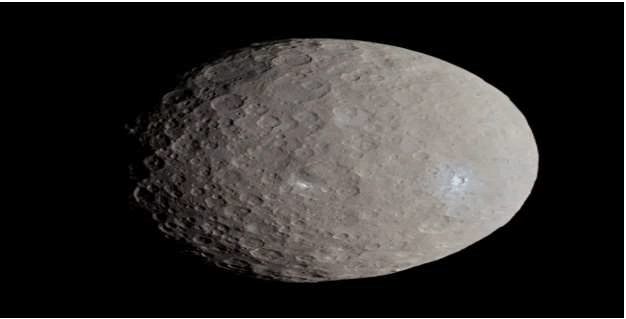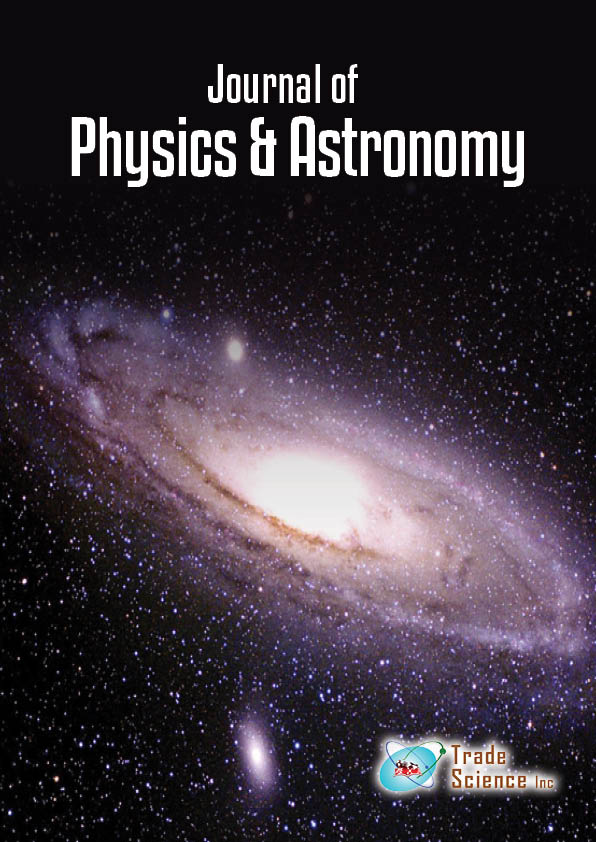Image Article
, Volume: 13( 1) DOI: 10.37532/2320-6756.2025.13(1).403Ceres Boulders Have an Astronomical Origin Based On Cratering
- *Correspondence:
- James Struck
Department of Physics, Georgetown University School of Medicine, Washington, USA
E-mail: galacticelephant@gmail.com
Received: September 06, 2023, Manuscript No. TSPA-23-112764; Editor assigned: September 11, 2023, PreQC No. TSPA-23-112764 (PQ); Reviewed: September 26, 2023, QC No. TSPA-23-112764; Revised: January 09, 2025, Manuscript No. TSPA-23-112764 (R); Published: January 16, 2025, DOI. 10.37532/2320-6756.2025.13(1).403.
Citation: Struck J. Ceres Boulders Have an Astronomical Origin Based On Cratering. J Phys Astron. 2025;13(1).403.
About the Study
Based on the number of craters, Asteroid Ceres boulders found mostly in the higher latitudes have an astronomical origin. Ceres, the largest object in the asteroid belt between Mars and Jupiter, has long fascinated scientists with its unique geological features. Among these features are numerous boulders scattered across its surface, which have puzzled researchers regarding their origin. Recent studies suggest that these boulders may have an astronomical origin, linked to the impact cratering processes that have shaped Ceres over billions of years. By analyzing the size, distribution, and composition of these boulders, scientists have discovered patterns consistent with the debris generated by meteorite impacts. This revelation not only sheds light on the history of Ceres but also provides valuable insights into the dynamic processes that govern the evolution of celestial bodies in our solar system. Understanding the origins of these boulders helps researchers piece together the timeline of Ceres' geological activity and offers clues about the broader mechanisms of planetary formation and evolution. As we continue to explore and study Ceres, these findings underscore the complex interplay between impact events and surface features, enriching our knowledge of the asteroid belt's largest resident.
See how many craters are on Ceres. These are probably linked to Ceres boulders Figure 1. “We find that boulders on Ceres are more numerous towards high latitudes and have a maximum lifetime of 150 ± 50 Ma, based on crater counts” [1].
Conclusion
The large number of boulders on Mars like Ceres, our largest asteroid, is probably shown to have a crater or astronomical origin rather than weathering or break down of mountains.
References
Cowing K. The Brittle Boulders of Dwarf Planet Ceres. SPACEREF, May 26, 2021.


